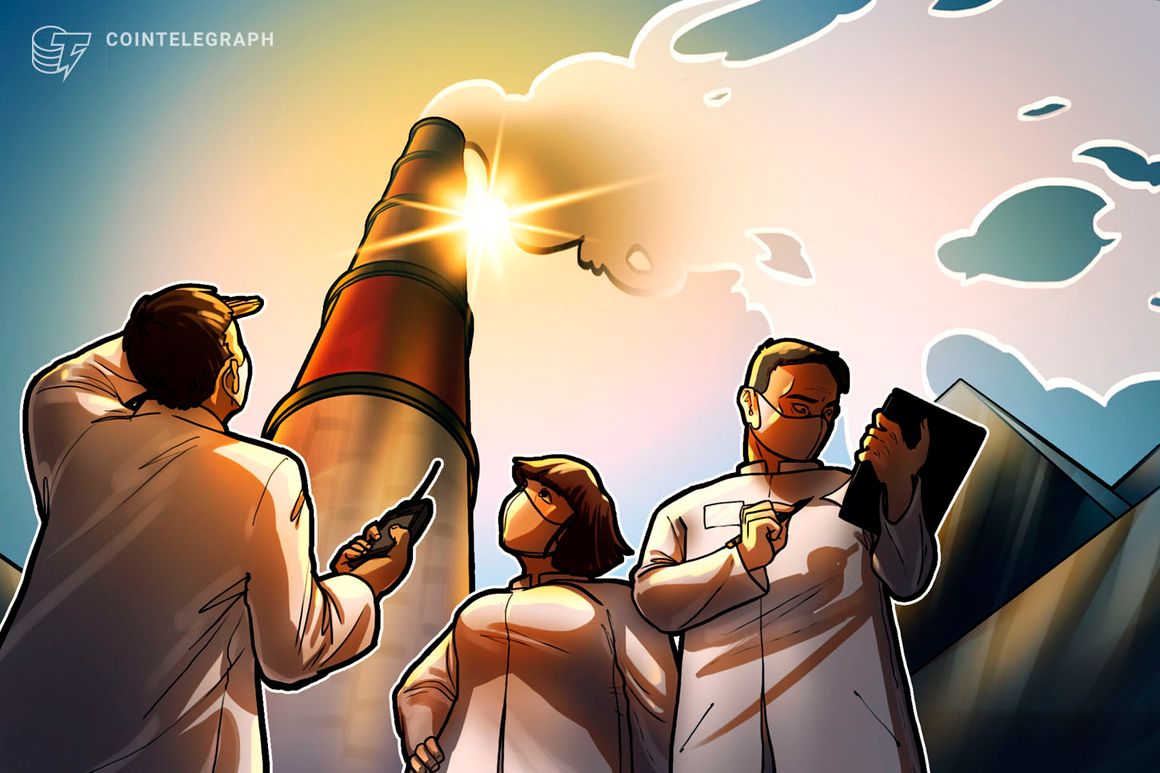There is a global consensus that greenhouse gas (GHG) emissions are warming the planet, but efforts to accurately measure, report and verify these emi
There is a global consensus that greenhouse gas (GHG) emissions are warming the planet, but efforts to accurately measure, report and verify these emissions continue to challenge researchers, nonprofits, corporations and governments.
This is especially the case with “nature-based” projects to reduce carbon dioxide levels, like planting trees or restoring mangrove forests.
This has inhibited the development of a voluntary carbon market (VCM) on which carbon offset credits are traded. These “offsets” are sometimes viewed as licenses to pollute, but VCMs overall are thought to be beneficial to the planet because they help quantify the environmental impact of industrial and consumer activities and, at least indirectly, motivate companies to curb emissions.
However, VCMs have recently come under intense criticism. A nine-month investigation by the United Kingdom’s Guardian newspaper and several other organizations found that more than 90% of “rainforest offset credits” approved by the leading certification firm Verra “are likely to be ‘phantom credits’ and do not represent genuine carbon reductions.”
This finding shook the carbon trading sector, but it has also spurred some new thinking about ways to measure, report or verify the efficacy of carbon-reduction projects. Digital monitoring, reporting and verification (dMRV), for example, largely automates this process, making use of new technologies like remote sensing, satellite imagery and machine learning. DMRV also uses blockchain technology for traceability, security, transparency and other purposes.
All this is still new, but many believe dMRV can reinvigorate carbon markets following the Verra scandal. It can also compensate for a shortfall of human auditors and inspectors available globally to assess GHG projects, especially the more problematic “nature-based” projects. In addition, it can gather a broader range of data and potentially make it available in real time. Importantly, it will allow a global comparison of projects for the first time.
“A huge difference”
“DMRV will make a huge difference here, since it moves the quantitative comparison of various nature-based interventions onto a global field where they can be comparable with each other — something that is not possible in the current systems as projects self-report against their own baselines,” Anil Madhavapeddy, a professor at the University of Cambridge and director of the Cambridge Centre for Carbon Credits, told Cointelegraph.
Some go even further. “Digital Measurement, Reporting, and Verification (dMRV) technology has the potential to revolutionize the way the voluntary carbon market (VCM) operates,” declared dClimate, a decentralized infrastructure network for climate data, in a March blog post.
Still, questions remain: Maybe this is all too little, too late for averting climate change? And if not too late, won’t progress stall if better methodologies aren’t developed, like quantifying how much a Brazilian rainforest reduces global carbon? Are blockchains necessary for the process, and if so, why? And can dMRV really “revolutionize” voluntary carbon markets, or is this just excessive hyperbole?
“It is not too late,” Miles Austin, CEO of climate tech firm Hyphen Global AG, told Cointelegraph. “We find ourselves at a pivotal moment.” The Verra scandal and continued allegations of “greenwashing” on the part of corporations have made more companies leery of supporting carbon-reduction projects.

“The perceptions of trust and feasibility associated with nature-based assets, both within the public and private sectors, have been adversely affected,” Austin noted. But he added that at this critical juncture:
“DMRV can have a significant impact to not only improve these markets but save them.”
It might be helpful to compare dMRV with traditional MRV, which aims to help prove that an activity — like planting trees or scrubbing smokestack emissions — has actually occurred. It is a prerequisite before a monetary value can be attached to the activity, and a necessity for carbon trading markets to work.
MRV has been “underpinning” sustainability reporting for years, Anna Lerner Nesbitt, CEO of the Climate Collective, told Cointelegraph. However, “it has a lot of weaknesses,” including a high reliance on subjective data, steep costs, lengthy timelines and a dependence on “international experts” — i.e., consultants.
Magazine: Recursive inscriptions: Bitcoin ‘supercomputer’ and BTC DeFi coming soon
According to Cambridge Centre’s Madhavapeddy, the inherent difficulty with quantifying nature-based projects “is that the conventional mechanisms for doing so — over the past decades — have been very manual and hard to compare across projects.”
Quantification mechanisms used for these assessments are far from being standardized. They include assessing “additionality” (i.e., what’s the net difference climatewise of a…
cointelegraph.com

COMMENTS